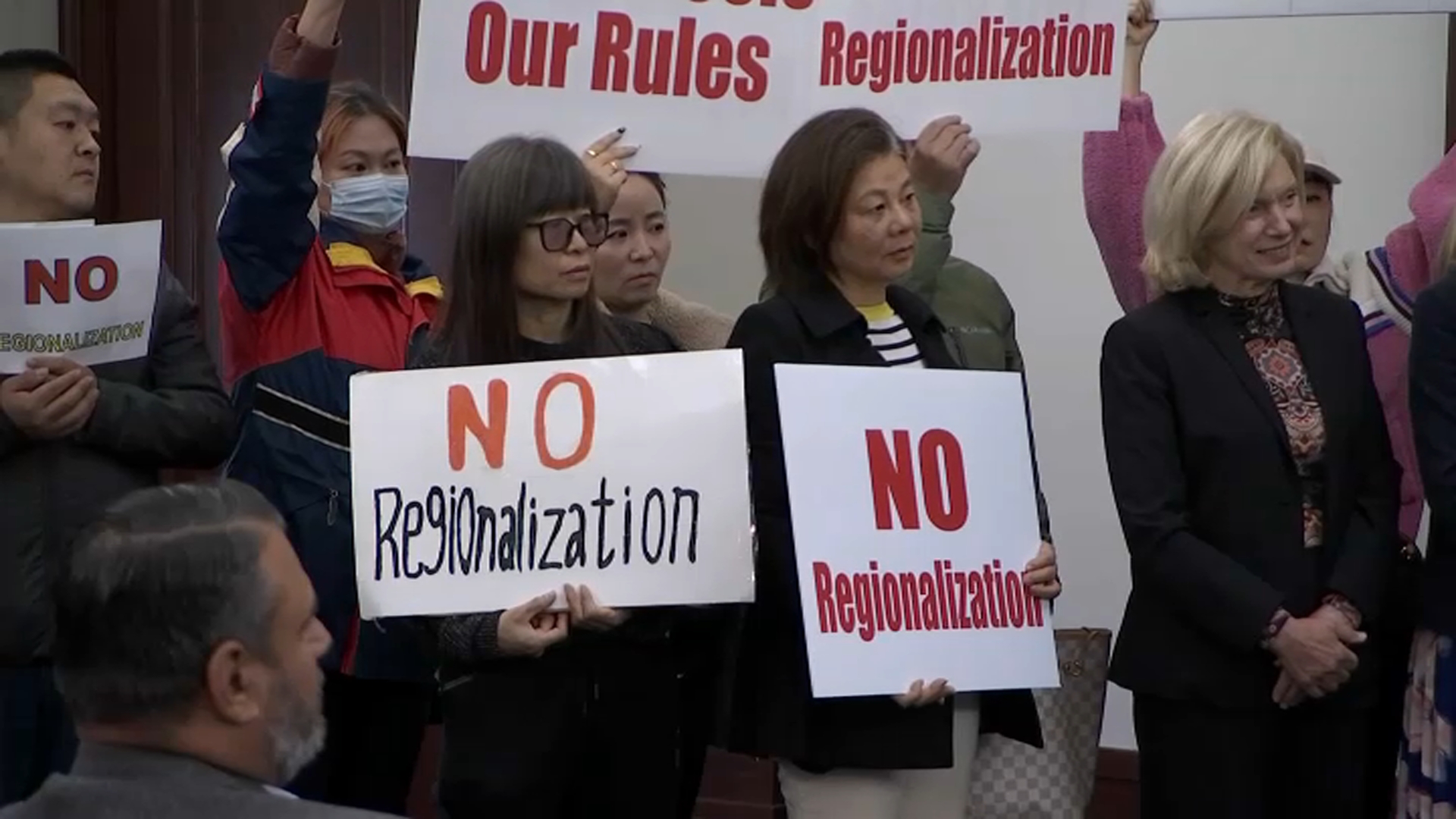What to Know
- On a stretch of Route 46 from Bergen to Morris County, the I-Team found 19 ramps or intersections did not have signage required by law
- Another 12 were found on Route 4 in Bergen County
- Lawmakers and civilians alike are calling for better enforcement
Traffic warning signs required by the federal government to prevent wrong-way crashes are missing on some of New Jersey’s busiest highways.
An NBC 4 New York I-Team investigation found dozens of traffic signs – one way, do not enter and wrong way – missing on ramps and intersections of Routes 4 and 46, both of which have had deadly wrong-way crashes in recent years.
Other signs were missing or posted in the wrong places along Route 1 & 9, Route 9 & 35, and Route 80.
“There can’t be ambiguous thoughts in someone’s mind. Can I go here or can I not?” said Bergen County Sheriff Michael Saudino, who reviewed some of the I-Team's findings – and was alarmed. “We, the state, county, towns have to do everything possible to make sure that there is proper signage.”
The discovery of the missing signs comes in the wake of a wrong-way crash on Easter morning on Route 9 & 35 in South Amboy that killed two men.
“It should be preventable, that’s the first thing you think," said Theresa Livingston, whose husband Percell was killed by the wrong-way driver as he was heading home from a fishing trip. "How could someone be driving down the wrong way – and a whole family’s life is just turned upside down.”
On a stretch of Route 46 from Bergen to Morris County, the I-Team found 19 ramps or intersections did not have signage required by law. Another 12 were found on Route 4 in Bergen County.
Local
“At a ramp intersection where traffic could inadvertently make a wrong-way entry, signage is required, either a one way sign, a do not enter sign or a wrong way sign,” said Bergen County Sheriff’s Lieutenant Vincent DiRienzo.
While DiRienzo doubts signage would stop a wrong-way driver under the influence of drugs or alcohol, he believes it can be life-saving “for the average person, an elderly person or someone who’s new to the area or from another country and they’re just confused.”
The New Jersey Department of Transportation said it would investigate.
“NJDOT primarily relies on local public safety officers to inform the Department of signs that are missing, damaged, or knocked down," a statement said. "In addition, our crews will report anything they find and the Department will initiate an investigation and assessment of the location. NJDOT will investigate the ramps that NBC believes have inadequate signage. If improvements are warranted, the department will take the necessary action."
“While the department continues to focus resources on making improvements at specific locations with poor safety history, NJDOT is in the early stages of developing a systemic program to proactively reduce the possibility of wrong way crashes through improved signage and pavement markings across the state highway network to improve safety," the statement continued.
According to NJDOT, crash data shows New Jersey has averaged fewer than 12 wrong-way crashes a year over the past three years on state highways.
"To put that in context, there were 62,875 crashes on state roads in 2015," the transit department's statement said. "As with any crash, it is important to look at the causes and contributing factors – such as drivers operating under the influence."



